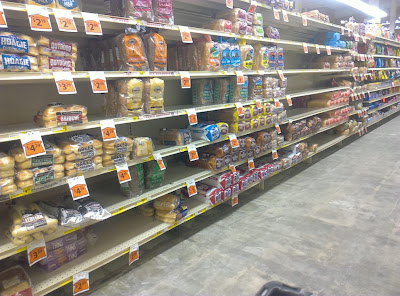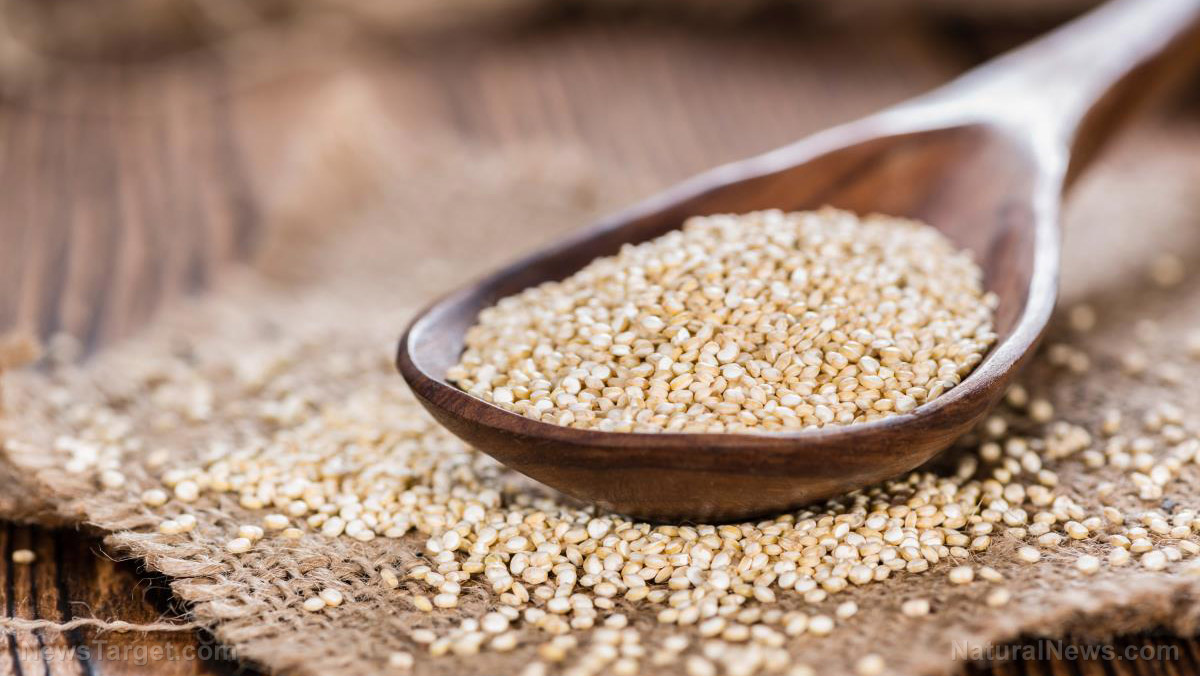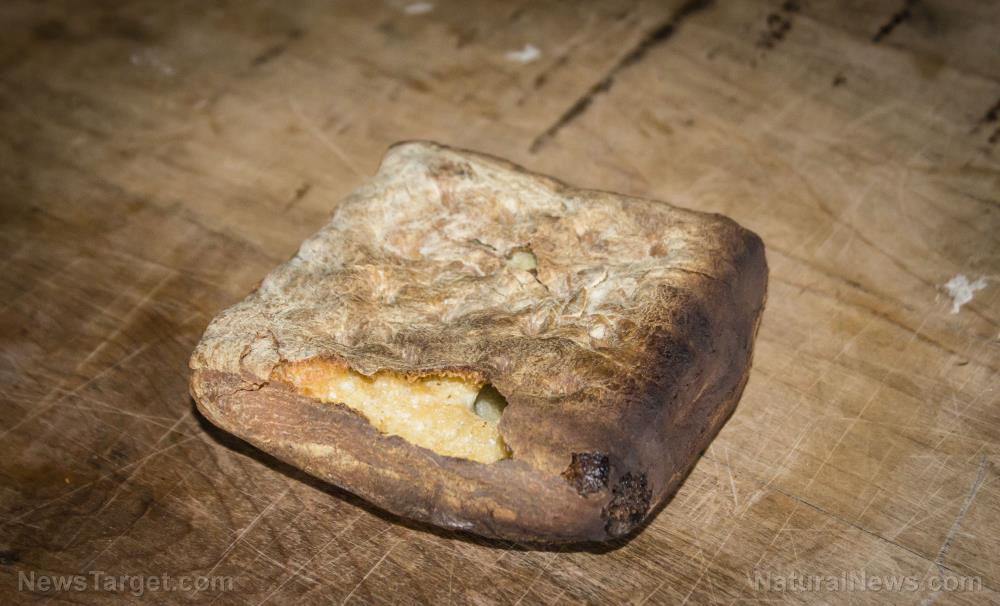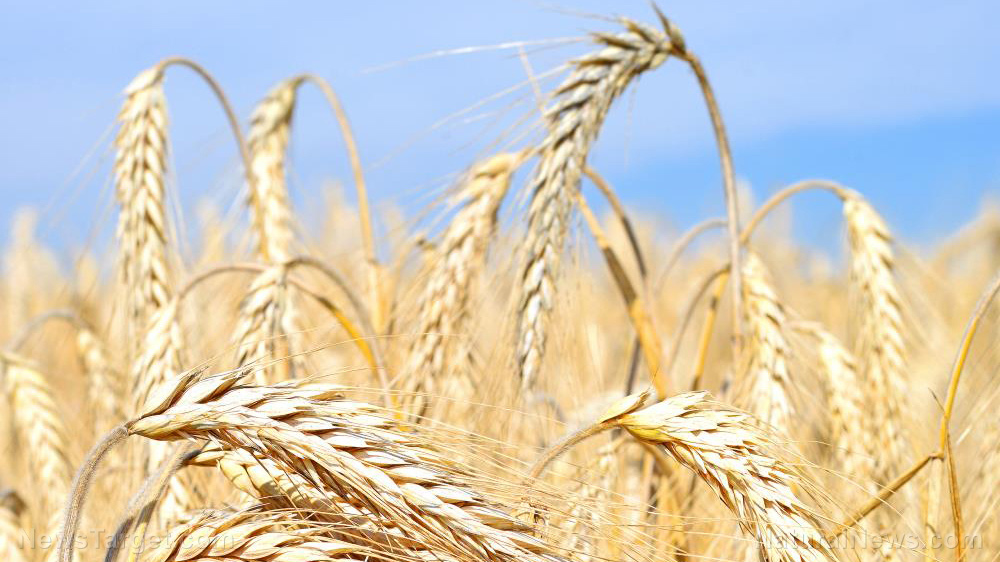MEGADROUGHT: Is a new dust bowl on the way?
05/29/2021 / By Ethan Huff

Much of the Western United States is currently under severe “megadrought” conditions that some speculate could turn into the next dust bowl.
Lack of precipitation is causing farmers to be cut off from irrigation supplies, which means no water for crops and eventually no food in the grocery store – not to mention bankruptcies and other associated fallout.
Dry conditions also mean increased wildfire risk. As you may recall from last year’s bone-dry conditions, wildfires were off the charts in California, and could be even worse this year with the way things are going.
Experts are already predicting that this year’s wildfire season will be unlike anything this country has ever experienced. In fact, some are warning of “permanent drought” conditions that could become the norm every single year.
“Extreme drought across the Western U.S. has become as reliable as a summer afternoon thunderstorm in Florida,” one report explains.
“And news headlines about drought in the West can seem a bit like a broken record, with some scientists saying the region is on the precipice of permanent drought.
Even during the 1930s “dust bowl” that we all read about in the history books, there was still hope that eventually rain would come. This time around, some are talking about permanent drought as though it will become the “new normal.”
Without water, America will starve
Normally, the West would see bouts of high precipitation throughout the winter season to help keep things moist once summer arrives. This past winter season, however, there was very little wetness to be had.
Much of the Southwest and large swaths of California saw as little as 25 percent of the normal rainfall for the season. This bodes ominous for this part of the country as it enters the hot summer season.
Last summer was also one of the driest and hottest on record with two historic heat waves combined with a summer monsoon cycle that never occurred. This is why the wildfires raged last summer, and will probably do the same or worse this upcoming summer.
At the California-Oregon border, the situation is also dire. Farmers throughout the region say lack of rain combined with federal officials shutting off their water supply is creating disastrous growing conditions.
“In what is shaping up to be the worst water crisis in generations, the U.S. Bureau of Reclamation said it will not release water this season into the main canal that feeds the bulk of the massive Klamath Reclamation Project, marking a first for the 114-year-old irrigation system,” reports explains.
“The agency announced last month that hundreds of irrigators would get dramatically less water than usual, but a worsening drought picture means water will be completely shut off instead.”
Oregon Gov. Kate Brown recently issued a drought emergency, as did California Gov. Gavin Newsom. Keep in mind that both of these states, and especially California, grow most of the country’s fruits and vegetables.
California’s Central Valley, where many other food staples are grown, is likewise dry as a bone. Some farmers in the region are actually destroying their crops ahead of the summer season in order to allow other crops to survive.
This means less food, fewer jobs, and potentially bare grocery store shelves in the coming months.
Then there is Nevada, Arizona, New Mexico, and Utah, which are currently seeing the worst drought conditions since the Drought Monitor first began tracking soil moisture content back in 2000. Officials say drought conditions in these states are the worst they have ever been in at least the past 120 years.
More related news about America’s impending doom can be found at Collapse.news.
Sources for this article include:
Tagged Under: agriculture, Collapse, crops, drought, Dust Bowl, farming, farms, food supply, grocery, harvest, Megadrought, moisture, rain, shortages, starvation, water
RECENT NEWS & ARTICLES
EmergencyFood.News is a fact-based public education website published by Emergency Food News Features, LLC.
All content copyright © 2018 by Emergency Food News Features, LLC.
Contact Us with Tips or Corrections
All trademarks, registered trademarks and servicemarks mentioned on this site are the property of their respective owners.





















